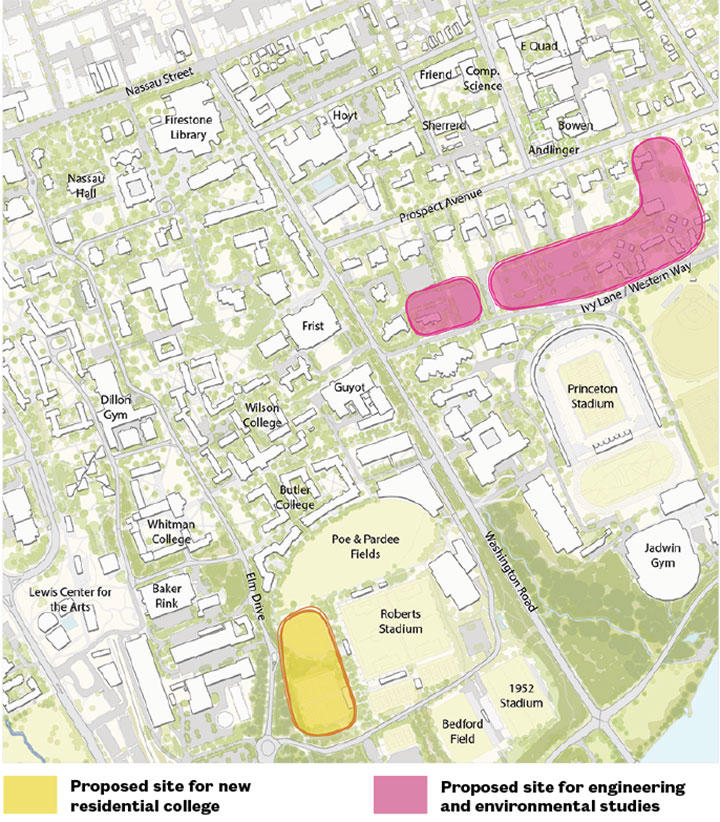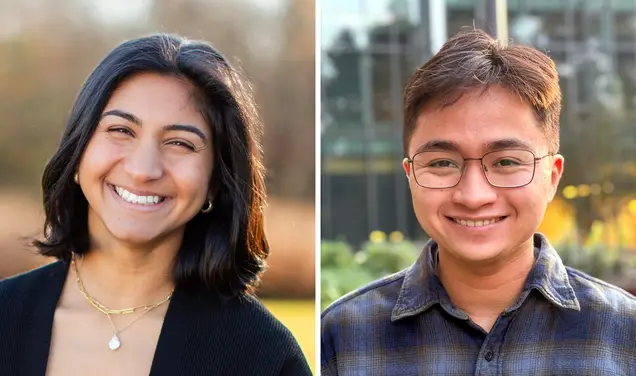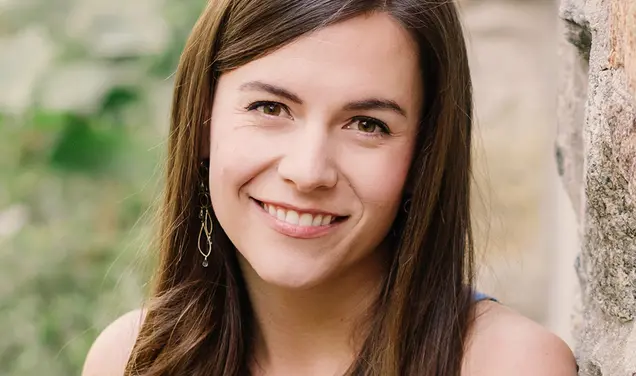Three Major Projects: University Proposes Sites for Buildings
The University announced April 17 that it is looking at a site south of Poe and Pardee fields, the traditional end of the P-rade at Reunions, as the location for a 500-student residential college.
At the same time, Princeton said that an area along Ivy Lane and Western Way, north of the football stadium, is a potential site for an expansion of the engineering school and for facilities to house environmental studies and the departments of geosciences and ecology and evolutionary biology (EEB).
President Eisgruber ’83 described the sites as “promising locations” for the high-priority projects that emerged from Princeton’s strategic plan. But he added: “We have more work to do and more consultations to conduct before making final decisions, and we welcome comments from members of our campus, town, and alumni communities as we continue to refine our planning.”
The future of the 275,000-square-foot EQuad, built in 1962, is still to be determined, according to Daniel Day, assistant vice president for communications. Also uncertain are plans for Guyot Hall, the 1909 building that houses geosciences, EEB, and the Princeton Environmental Institute.
More details are expected with the release of Princeton’s campus plan in the fall. After the locations are set, architects will be selected and fund-raising will take place.
From the time that groundbreaking occurs, Day said, it would take about five years for the residential college — Princeton’s seventh — to open. The proposed site, located between Elm Drive and Roberts Stadium, is large enough to accommodate an additional residential college in the future, he said.
Located on the planned sites for the engineering and environmental facilities are parking lots, 30 townhouses for faculty and staff, and a building that houses the Center for the Study of Religion.
Emily Carter, dean of the School of Engineering and Applied Science, said new facilities are “absolutely crucial” to the school’s future. She said cramped and dated facilities “hamper our ability to attract and retain talent at every level.”
While all departments are affected, she said, computer science has been squeezed most acutely because of a rapid increase in course enrollment and concentrators. The department is housed in all or parts of six buildings, she said. Initiatives in bioengineering and robotics also require much more space, she said, and “we have to make the case to our alumni, parents, and friends” to support expanded facilities and faculty.
The University said it anticipates a variety of uses south of Lake Carnegie, and that it is considering building a bridge for pedestrians and cyclists to cross the lake near DeNunzio Pool. Among the possibilities for the land, in West Windsor Township, are tennis courts and softball facilities to replace those on the site of the new residential college; buildings for academic and innovation initatives; and housing for graduate students and postdocs. All academic classrooms and all undergraduate housing would continue to be located north of the lake.











1 Response
Bill Kuntz ’71
8 Years AgoWhere to Build — and Not To
Our beautiful campus has changed dramatically during the last 50 years. Managing growth of the University and expansion of the student body while preserving and enhancing the unique look and feel of the campus has been a challenge largely met. The announcement that the University is looking at a site for a new 500-student residential college south of Poe and Pardee fields (On the Campus, May 17) is the latest example of this management challenge.
Poe and Pardee fields, the softball field, the tennis courts, and the Roberts Stadium fields form a coherent group of recreational resources within a beautifully landscaped open area valued by students (and returning alumni!). It would be a shame to degrade the largest remaining open and green space in the core of the campus.
Here is a suggestion for a better site for one or two new residential colleges — the underutilized and unattractive student parking lots on the lower campus. Undergraduates no longer are permitted to bring vehicles to our “walking campus,” and the student lots apparently are not needed. Locating one or two new residential colleges at the parking lots would place them closer to the somewhat isolated Forbes College and the new Lewis arts complex. Landscaping would provide a screen from the businesses along Alexander Road and the PJ&B line.
Offering the opportunity of a Princeton education to a growing number of highly qualified students is a worthy objective. So is preserving the intangible but very real and sustainable benefit of having the most beautiful college campus in the land.